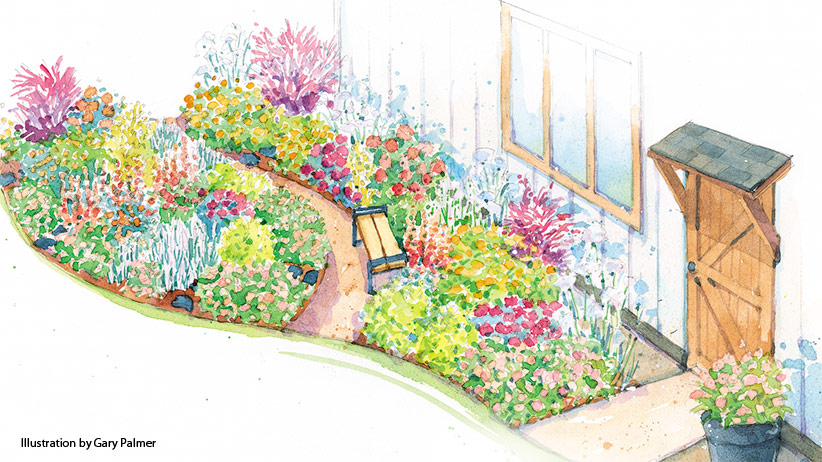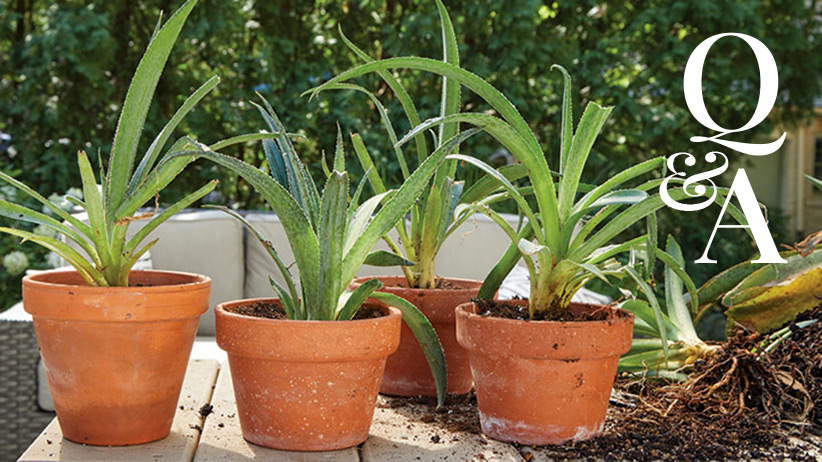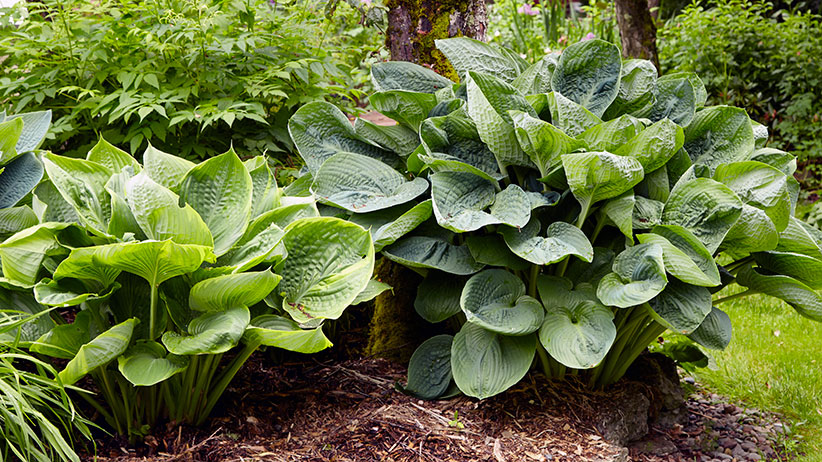
Identifying hosta problems
Hostas definitely make the list of easy-care perennials, and they make a great addition to almost any garden. But every once in a while, these stars of the shade can still run into a few problems — even with perfect growing conditions. Catch these hosta troubles early, though, and you won’t have as much damage to deal with.
The first step is to identify exactly what’s going on. Scroll down to see photos of and learn about three common hosta health issues, and, better yet, find out what to do to eliminate them!
You Might Also Like:
See 12 Favorite Hostas
How to Deal with Garden Pests
Gardener's Problem Solver Book
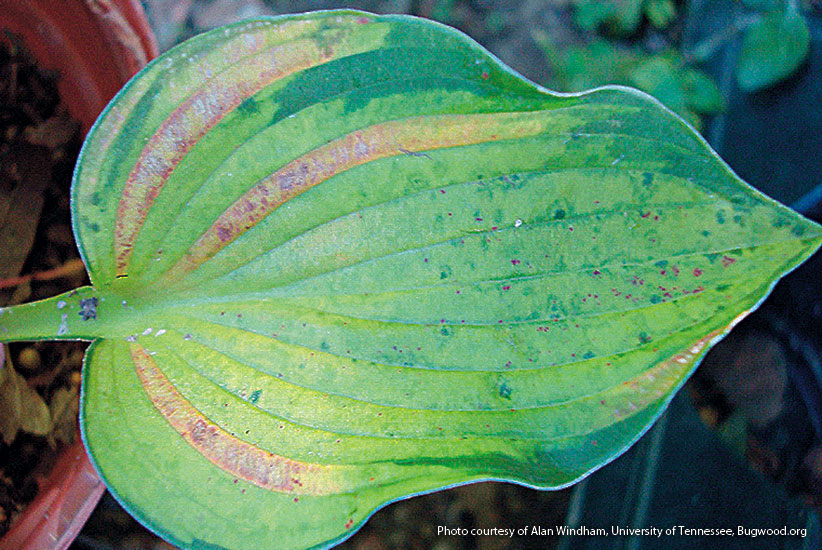
Foliar nematode
These microscopic worms live in soil and devour the foliage between leaf veins. Look for brown spots on hosta leaves, like the ones in the photo above, from late summer to early fall — but since control is difficult, prevention is your best bet.
Remove any infected leaves and throw them in the trash as soon as you can. And because this pest spreads as water splashes from plant to plant, keep leaf surfaces as dry as possible by watering at ground level.
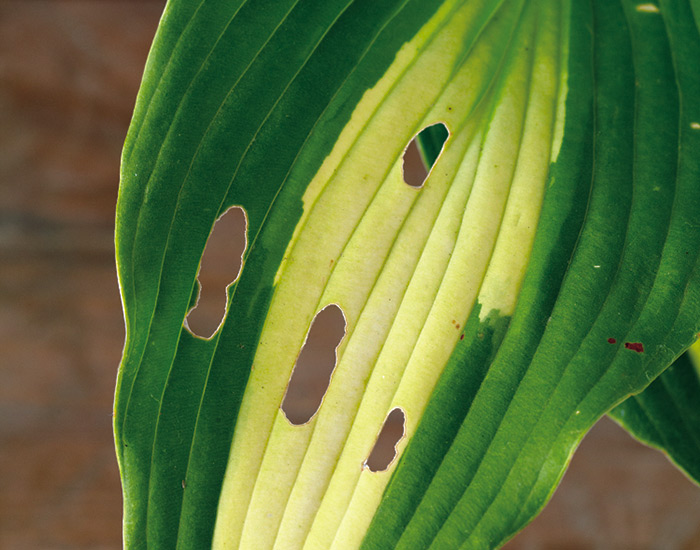
Slugs
Slugs are probably the most common pest you’ll find on hostas. If you notice irregular holes like these during the growing season, get out the Sluggo® or other iron phosphate bait. It’s safe to use around kids and pets and works on snails, too.
Scatter, don’t pile, the bait in thin strips around the base of the plant for the best results. To keep slug populations from really getting out of hand, put bait out in early spring as prevention. You can spread it as soon as new hosta leaves are peaking out of the ground.
If you prefer nonpoison options, here are 4 more easy ways to control slugs in your garden.
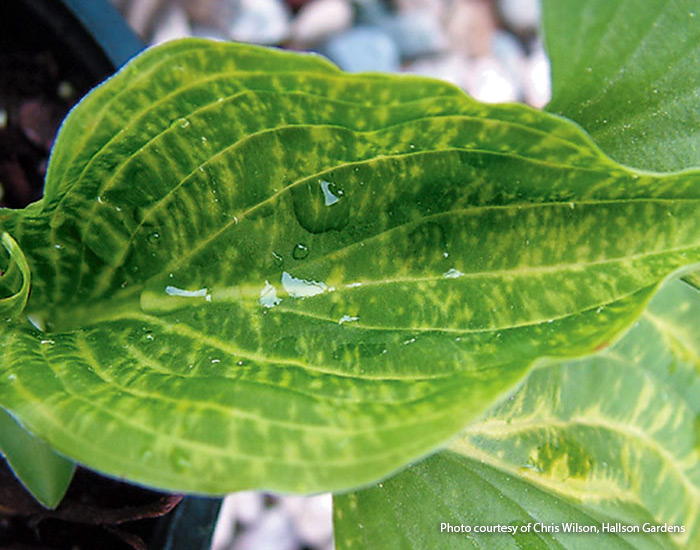
Hosta virus x
It’s difficult to spot this relatively new disease because symptoms vary on different cultivars. Generally, look for leaf mottling, like in the photo here. Twisting, stunting or puckering of foliage and stems are also warning signs.
Once you find a hosta that has it, get the plant out of your garden. This virus spreads easily through the sap, so anytime you cut a leaf, divide a clump or remove flower stems you could be spreading the disease. Prevent this by dipping tools in a 10:1 water to bleach solution before moving onto another plant. (When you finish, be sure to dry tools thoroughly so they don’t rust.)










